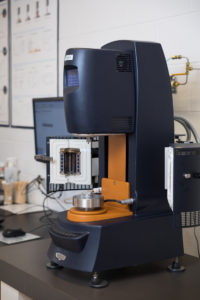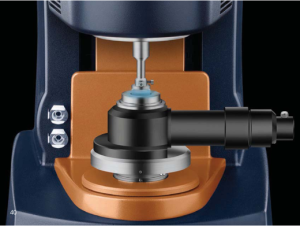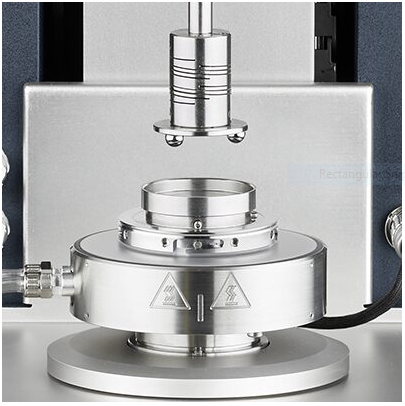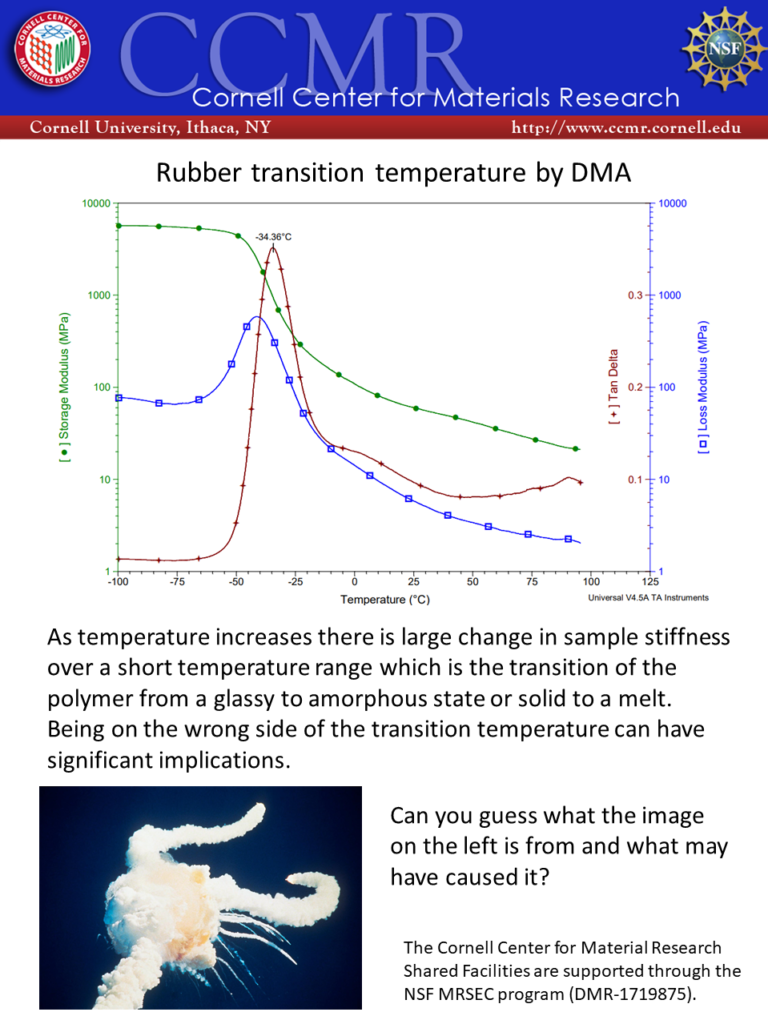Home⁄ Facilities⁄ Instruments⁄ User Instruments⁄ Mechanical Properties Testing and Analysis⁄ TA Instruments DHR3 Rheometer
TA Instruments DHR3 Rheometer

The DHR3 can be used to measure: viscosity, shear stress, storage and loss modulus, strain, and phase angle – with respect to: time, temperature, shear rate and frequency. It can also be used for transient testing such as creep and stress relaxation, and UV cure kinetics. Available geometries include: 40 mm parallel plate, 25 and 40 mm 2° cones, and cup and rotor with options of vaned or conical rotor. It has three heating system options, Peltier plate, Peltier concentric cylinders, and an environmental test chamber.
Rheometer use during COVD19:
Physically distanced training is now available for the DHR3 rheometer in combined forms including video training, remote live session and a brief in person session. Researchers who are interested in training on the DHR3 Rheometer can begin by watching the Rheometer training video. The video can be viewed as many times as needed and it is expected that the researcher will be able to answer questions pertaining to the material presented in the video. Once users feel that they understand the material in the training video they can contact the instrument manager for next steps.
Specifications
- Torque, minimum oscillation 0.5 nN*m, minimum steady shear 5 nN*m, maximum 200 mN*m;
- Torque resolution, 0.05 nN*m;
- Frequency, 1.0 E-07 to 100 Hz, Angular velocity, up to 300 rad/s;
- Strain step time, 15 ms;
- Rate step time, 5 ms;
- Maximum normal force, 50 N;
- Normal force sensitivity, 0.005 N;
- Normal force resolution, 0.5 mN;
- temperature range, -20 °C to 60 °C, or 60 °C to 500 °C – depending on configuration.
Accessories

The UV curing accessory allows for room temperature characterization of cure Kinetics for UV active materials in the 320-500 nm range on the DHR3 Rheometer. It consists of a mercury vapor lamp and a light guide to direct light through a transparent lower plate onto the sample. Optical filters allow specific measurement at 365 nm and band pass at 400-500 nm. Output intensities up to 300 mW/cm² are possible. Geometry options are limited to a 20 mm disposable aluminum upper plate and quarts or acrylic lower plate. This fixture was also purchased in conjunction with a Photo Curing Accessory for use with our Q1000 DSC for acquiring complementary cure kinetics through calorimetry.
Tribology fixture:
The Tribology fixture enables the study of interfacial coefficient of friction between a lubricant and 2 wear surfaces on the Rheometer. Standard surfaces include steel on steel, polymer on steel, and polymer on polymer. Some custom surfaces can be accommodated but need to be discussed with facility staff ahead of time.

Kevin Silverstein
(607) 254-3307
kws74@cornell.edu
Thurston Hall, Room 113
Secondary Contact

Mark Pfeifer
(607) 255-4161
map322@cornell.edu
Bard Hall, Room B-57

